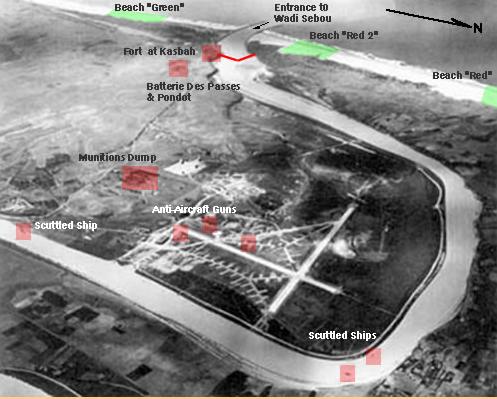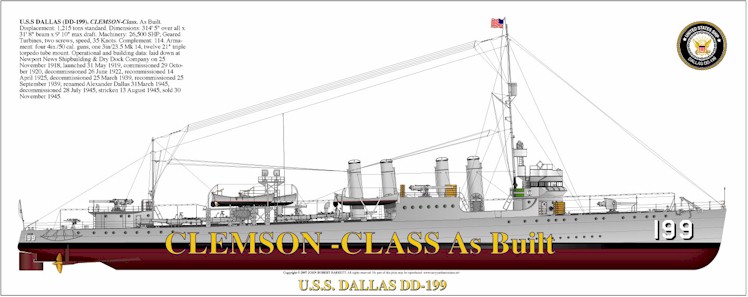 As a few people have mentioned in comments last week - we had some Transformational News!
As a few people have mentioned in comments last week - we had some Transformational News!A Navy unmanned helicopter crashed while flying a reconnaissance mission over Libya on Tuesday, Navy and NATO officials said.
At 7:20 a.m. local time, the MQ-8B Fire Scout, which was flying over Libya’s central coast, lost contact with a command center and crashed.
It is unclear exactly from where the unmanned helicopter was being controlled, where it was attached, or where it flew from. The Navy referred inquiries to NATO. NATO would not provide details about the aircraft’s origin or operators. NATO, for its part, would only say that it was an unmanned aircraft that crashed on the coast and that an investigation is underway.
There has been, as with most ideas embraced by the Transformationalist cult, a lot of blinkered thought, half-truths, and general lack of open discussion about unmanned systems. Big Navy and their industry/future employer bedfellows continue to try to sell the false economy of the unmanned future above, on, and under the sea as if unmanned systems are something radical and new. Balderdash.From DASH to Firebee, and even earlier - the modern military experience with unmanned systems predates even my birth by over a decade. This is evolutionary, not revolutionary.As computers/navigation/data processing improve, so do the abilities of unmanned systems. They are just a tool though, just a tool. They cannot and will not replace the balance of our tactical requirements.... but evolutionary isn't cool - and transformational items must seem magical ... so ... we have to wade through all the panting from the Transformationalists about capabilities.There is one thing they do not like to talk about though, and that is the loss rate. The first I heard of the problem was about eight years ago when going over Navy UAS (nee UAV) options as part of a planning group. We had a nice civilian engineer as part of our team, forget who he was with, who - darn it - had all these facts with him about loss rates and maintenance requirements based on present UAS experience. I think he was working on UAS back well before I even had a license to drive. He kept telling us that our numbers were bad as we were not making allowances for loss rates and the need for replacements.He also kept reminding us that - darn it - we were overestimating the ability of these systems to carry all the kit we wanted them to. We weren't - darn it - fully examining range and altitude losses from the type of mission packages being proposed. Our lack of a discussion about bandwidth access also bothered him.UAS are good - but as with all things - be sober and factual when talking about them.Firescout is simply an unmanned helicopter. It is delicate with limited range. Unlike a manned system, it cannot effectively counter any threat coming its way. If there is a mechanical problem, most of the time there is no way to trouble shoot it while in the air or to recognize a problem early enough to get back to the ship before the problem becomes terminal. If there is a problem with navigation or communication, as there isn't a human in the loop - odds are you will lose the UAS. If they go down - there is no one there to make sure any classified items are destroyed first. Loss rates of UAS are not small.No one should really find this a surprise. All the above - as that nice engineer reminded us almost a decade ago - are well known shortcomings from unmanned systems. Let's just hope that the engineer in the last decade succeeded with other groups more than he did ours. The senior person in our little group did not include any of the engineer's unpleasant truths in our evaluation/recommendations. Why? Something about how "they" didn't want to hear about potential problems, only our recommendation.
I can hear you now, "Oh Sal - you are just being a fussbucket!"
OK, guilty as charged .... but ....
Ahem,Their dependence on a constant control signal has contributed to a UAS accident rate 100 times greater than manned aircraft A threat could exploit this need for an uninterrupted data feed by using Electronic Warfare to disrupt this signal, potentially crippling unmanned systems.
Ummmmmmm,Because UMSs may not have a human in the loop, they possess unique safety concerns and issues. Autonomous UMSs are inherently hazardous to humans for many different reasons, ranging from unpredictable movements, to inherently hazardous components/subsystems, to loss of absolute control, to potential failures in both hardware and software. Weaponized UMSs present even more significant and complex dangers to humans.
Ehhhhh,... the lifetime Class A ($1 million in damage or death) mishap rate for the Predator/Reaper — as of December 2009 — was “multiples” above that of, say, the F-15 fleet. It takes a little finessing, but combining the lifetime totals of flight hours for the RQ-1 Predator (which begins in 1997) and the MQ-9 Reaper (which starts in 2004), we get a Class A mishap rate of 10.2 per 1,000 flight hours. [CLARIFICATION: The services’ safety centers canlculate mishap “rates” per 100,000 flight hours, typically. But I made my calculations based on Winslow’s 1,000 hour benchmark. Running the numbers, the Predator/Reaper official mishap rate would be 9.7 per 100K flight hours — still very high] The Air Force says it lost a total of 57 Predators since 1997 and seven Reapers. Both aircraft have flown a total of nearly 655,000 flight hours.
Looking at the F-15 rate, USAF stats show over the lifetime (since 1972), the F-15 platform has a Class A mishap rate of 2.42, with 140 aircraft damaged. It’s lifetime destroyed rate is 2.04 with 118 aircraft lost — and that’s over a lifetime total of almost 6 million flight hours. But the stat that 43 pilots have died behind the stick of an F-15 and two of those were killed in fiscal 2009, speaks volumes to the family and loved ones of the fallen. Despite the high mishap rate of the MQ-9, no pilots are dead because of it.
But, yes, the Predator/Reaper mishap rate is more than five times that of the F-15.
... butumm,The reliability aspect of the project is directly tied up to cost. Repairing and refurbishing UAV platforms quickly are an expensive proposition. As redundant subsystems are incorporated in the UAV to prevent accidents, reliability will increase. For example, most current UAV and RPA platforms are single-engine systems. Twin-engine systems may prove to be more reliable in the battlefield. But the need for reliability must be balanced against the added cost to the overall program, weight and complexity.
Do we need more? No - dad'l do. Remember - everything in moderation.

























